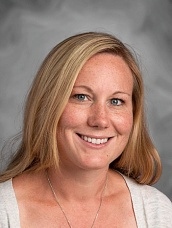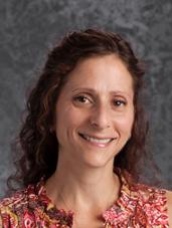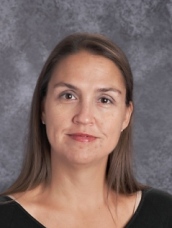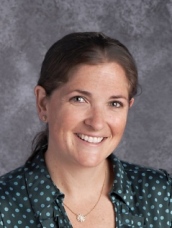781-741-1520 x 4849
Speech and Language Pathology
School Speech And Language Pathology
Speech and Language Pathologists (SLPs) work with schoolchildren who have communication problems that affect success in:
Classroom activities
Social interaction
Literacy
Learning
Speech and language services are provided for school-age children with communication disorders that adversely affect children’s educational performance. SLPs work with children who have a variety of disabilities which can include:
Language
Voice
Fluency or Stuttering
Articulation
Swallowing , also called Dysphagia
Speech and Language Disorders Can Be Associated With:
Hearing loss
Cleft Palate
Cerebral Palsy and other Motor Problems
Learning Disabilities
Autism
Developmental Delays
Traumatic brain injuries
Other Problems
SLPs have many roles in schools. They often, but not limited to, identification students at risk for later problems, participate in assessment of students’ communication skills, conduct evaluate results of comprehensive assessments, develop and implement IEPs, and collaborate with teachers and other professionals. Often, SLPs combine communication goals with academic and social goals. Service delivery can be in the form of monitoring, consultation, direct service in the classroom, and/or direct service outside of the classroom.

Monica Barry
Speech and Language Pathologist

Wendy Gillen
Speech and Language Pathologist (K-5)

Jill Livermore
Speech and Language Pathologist (Preschool)

